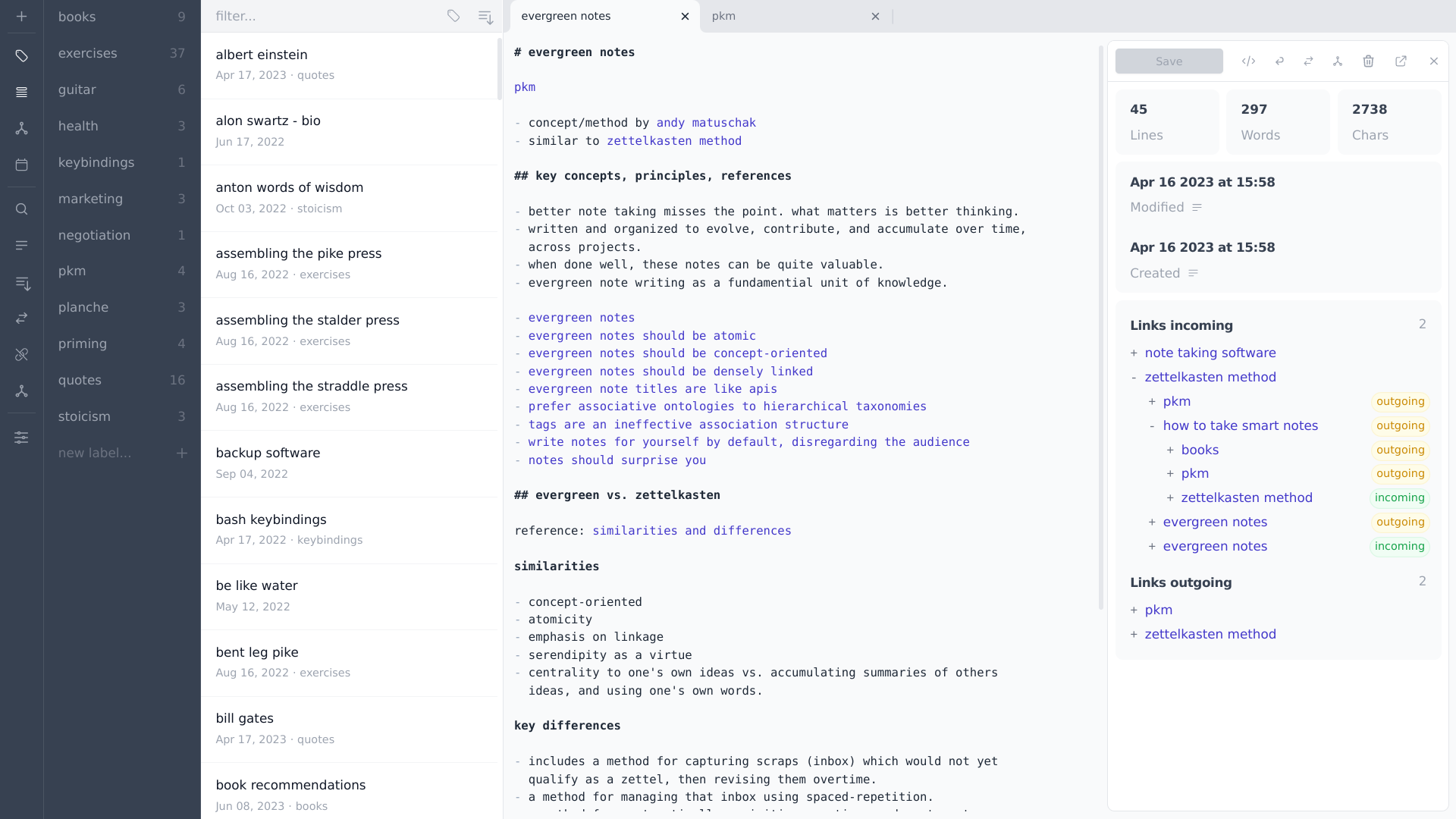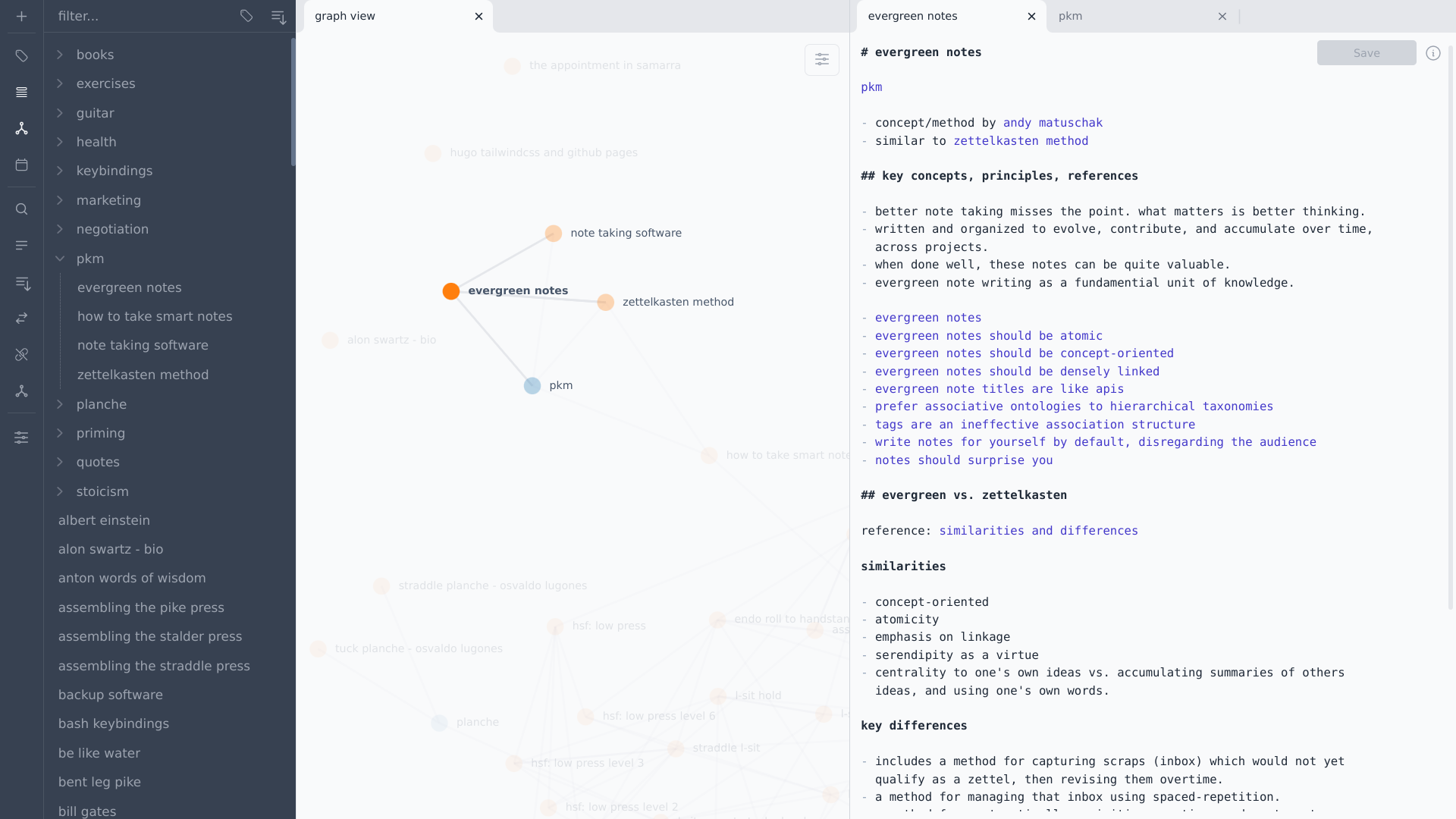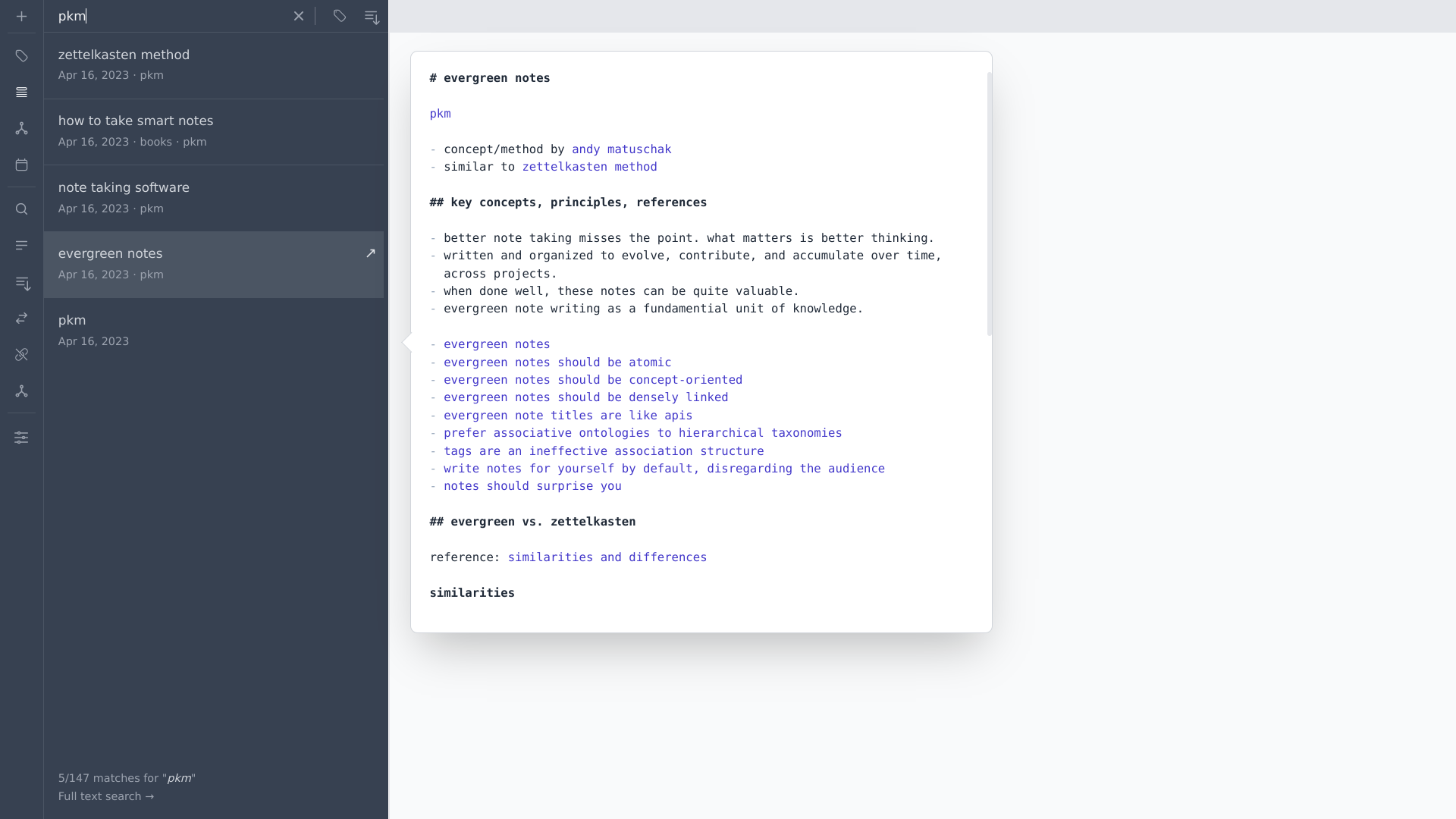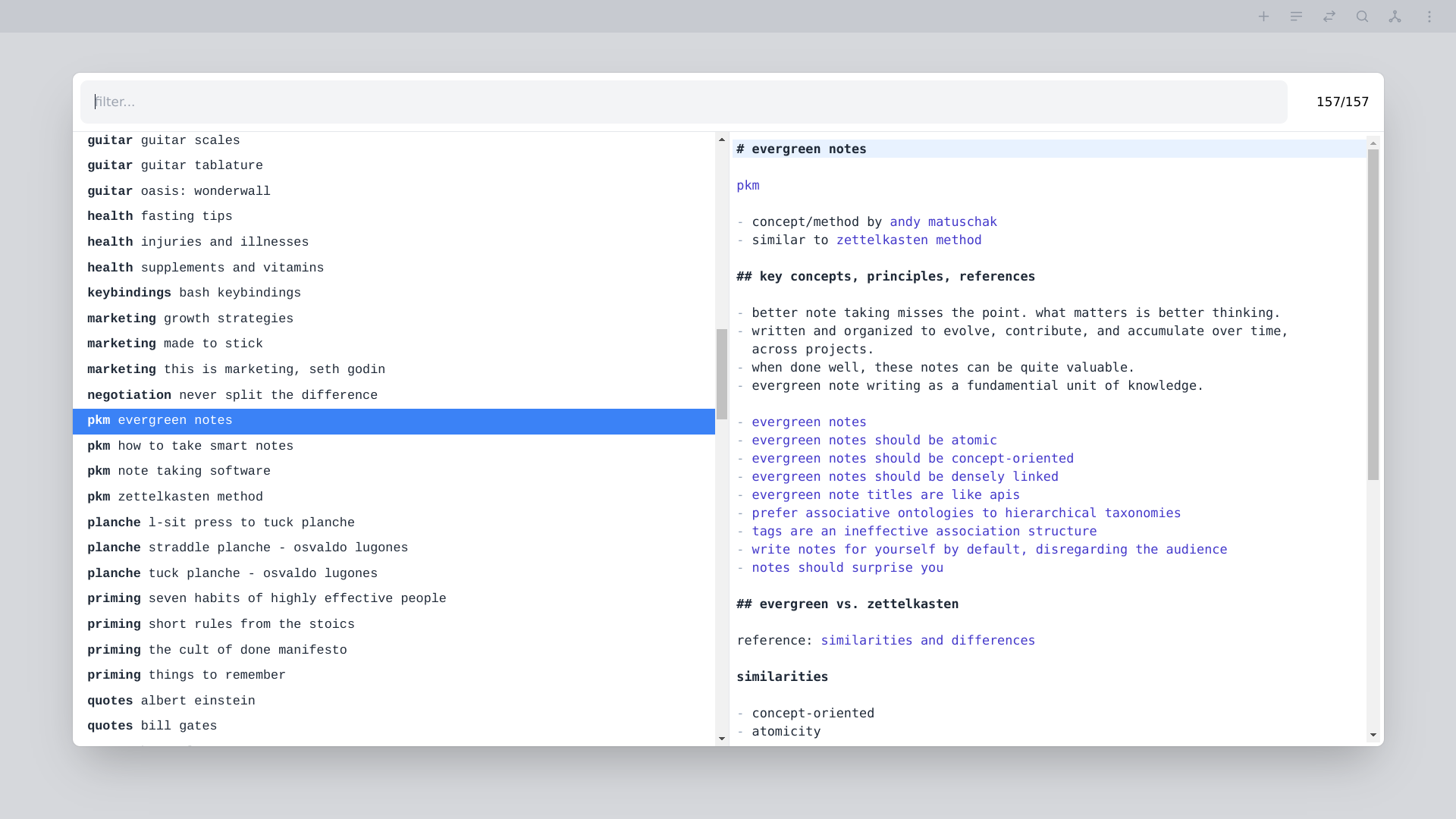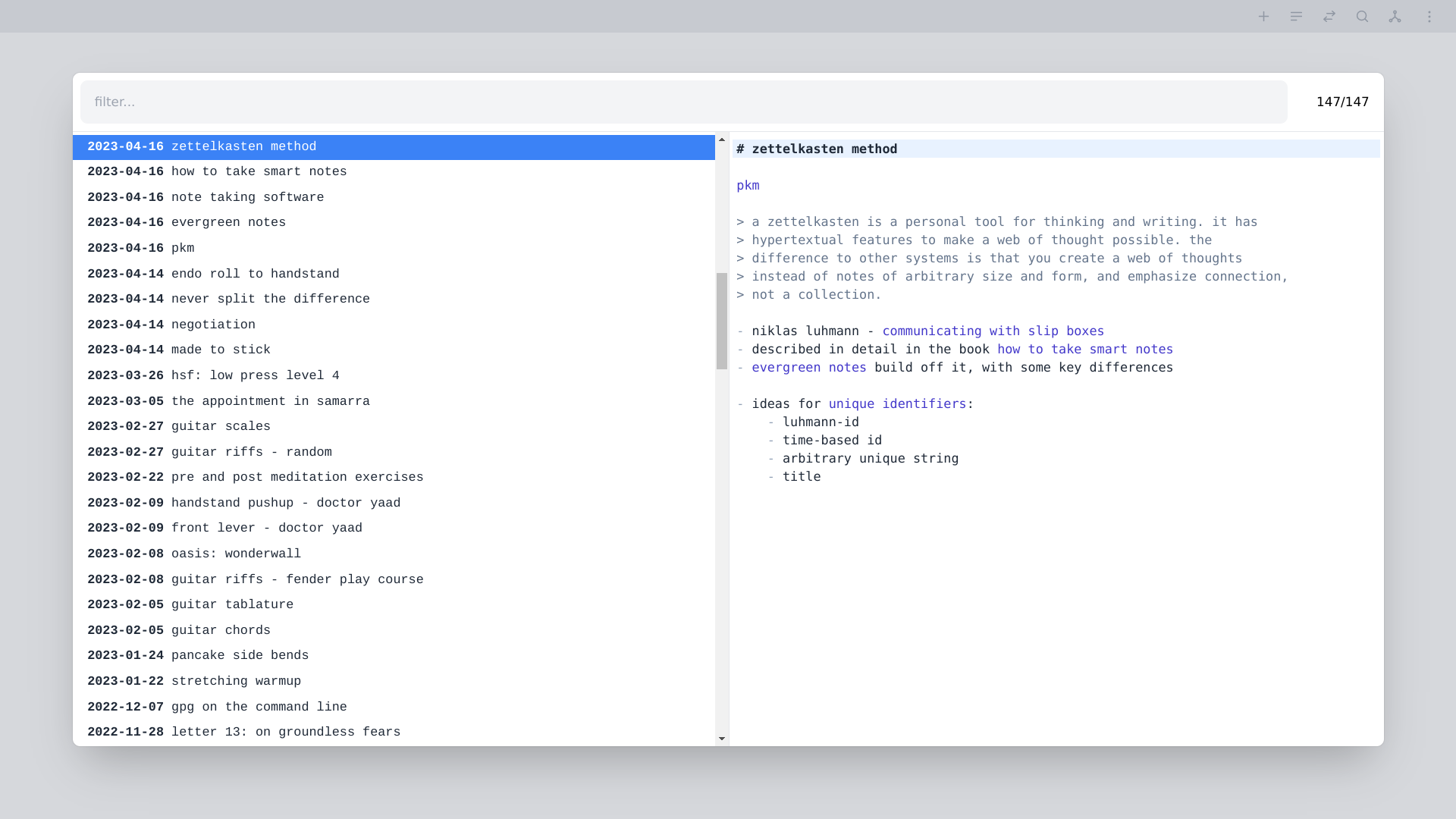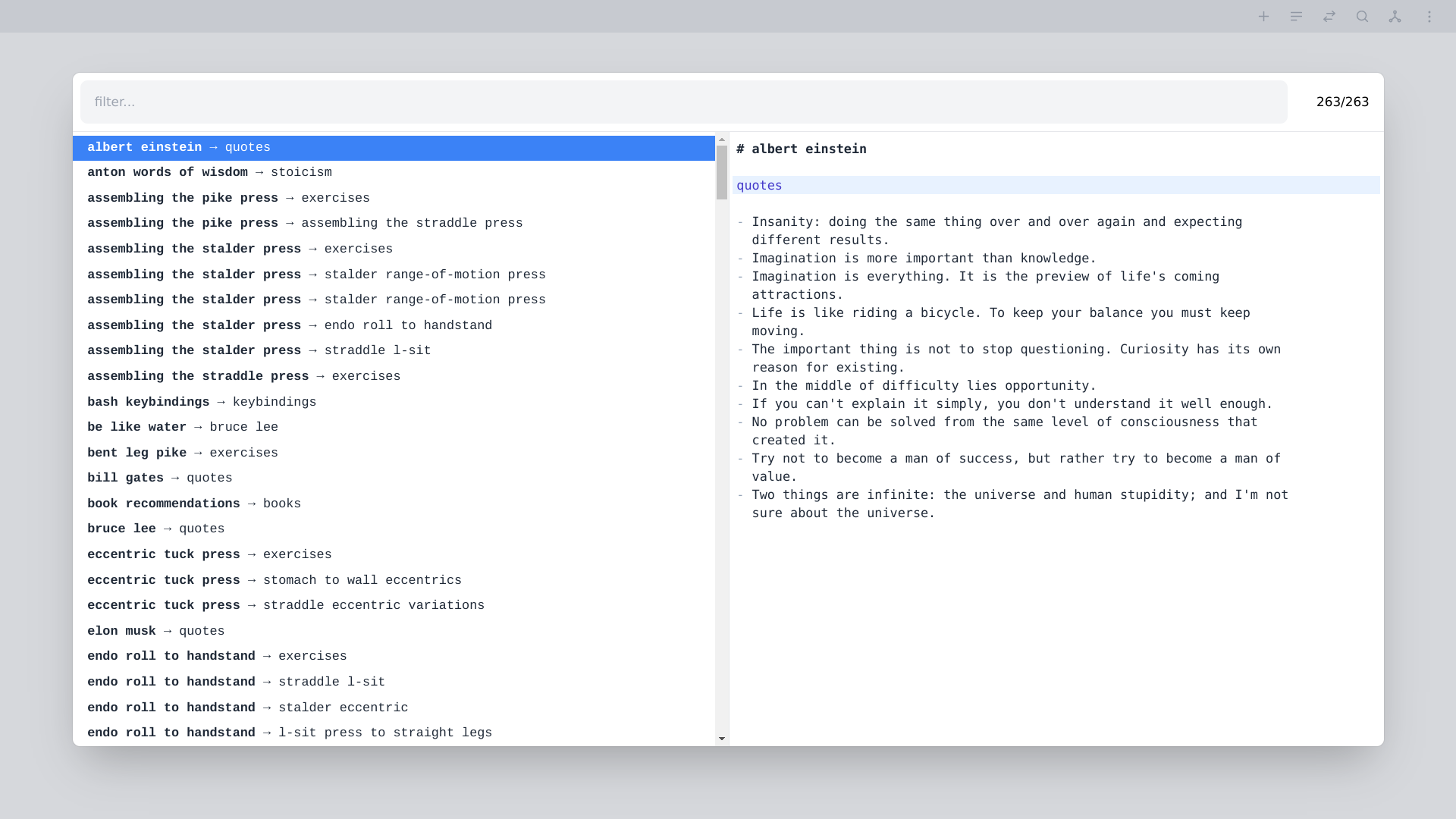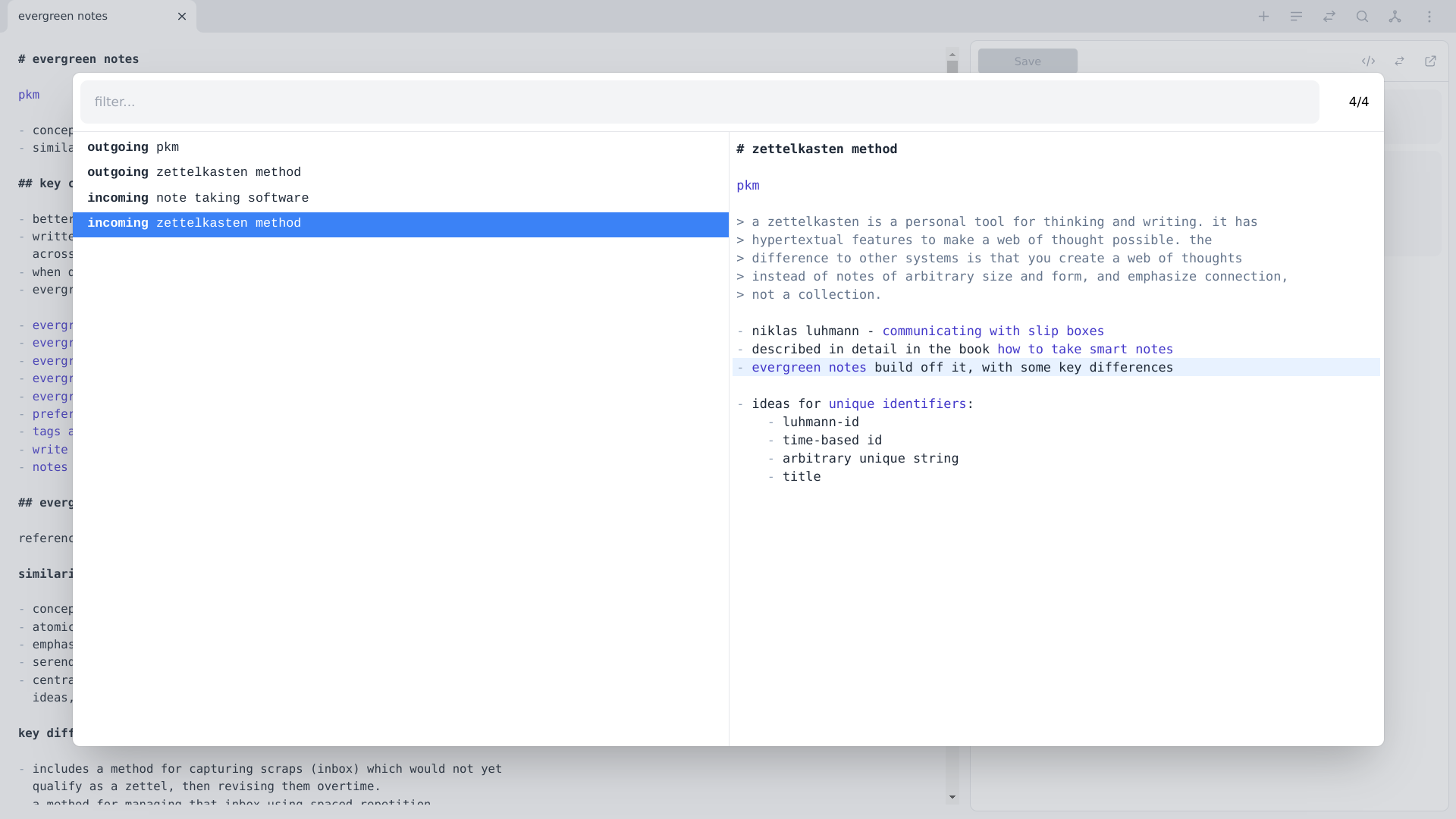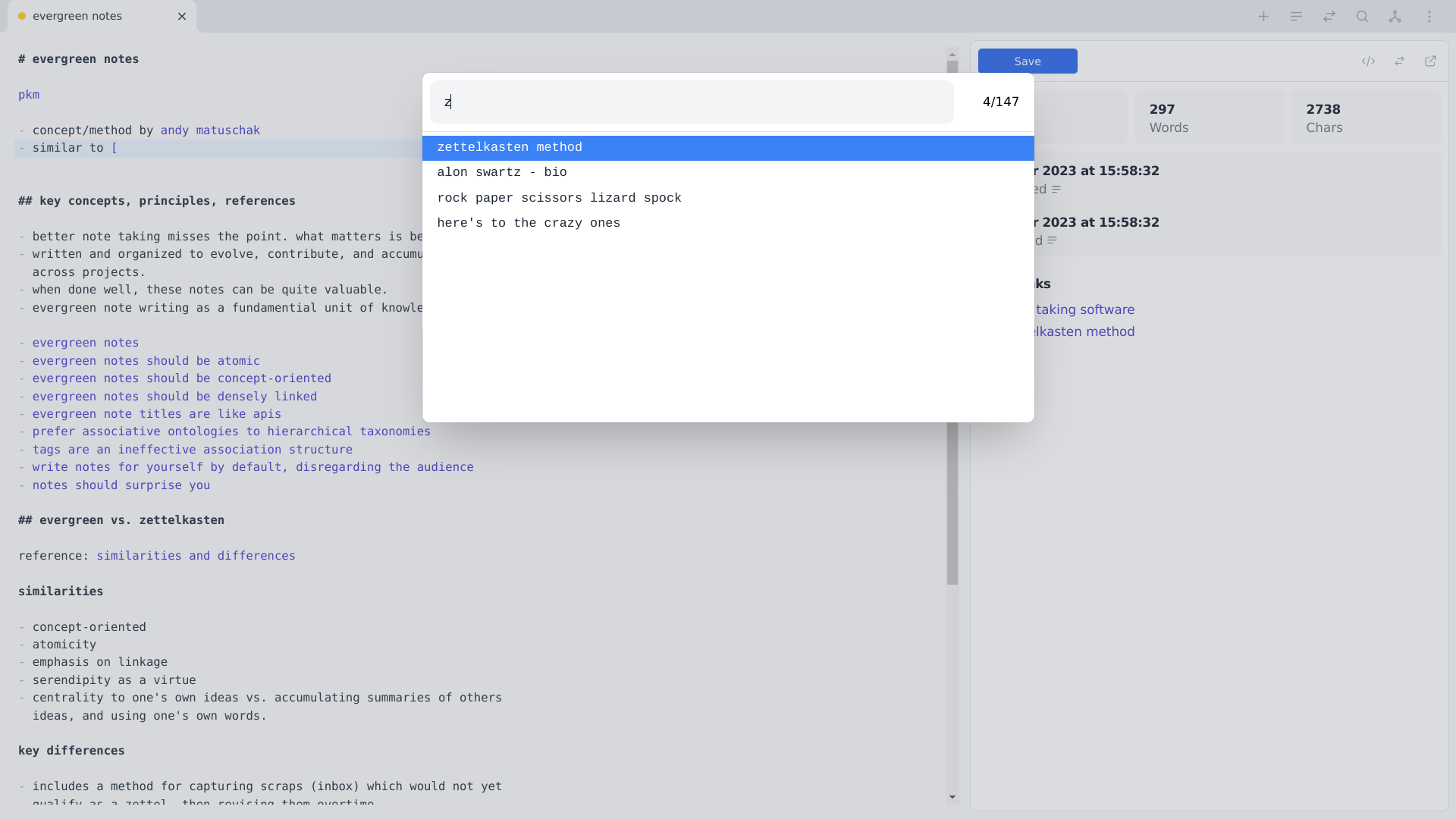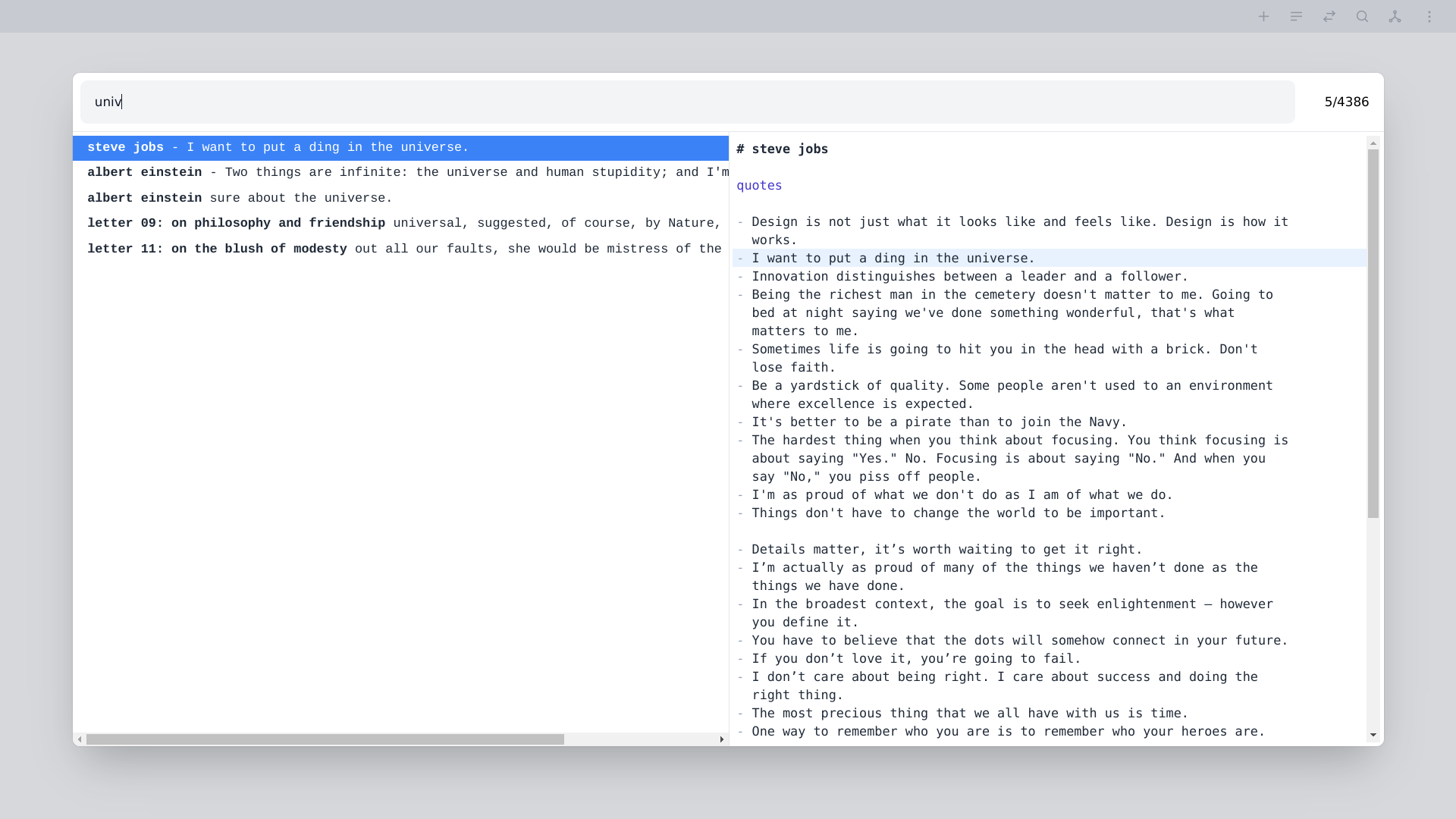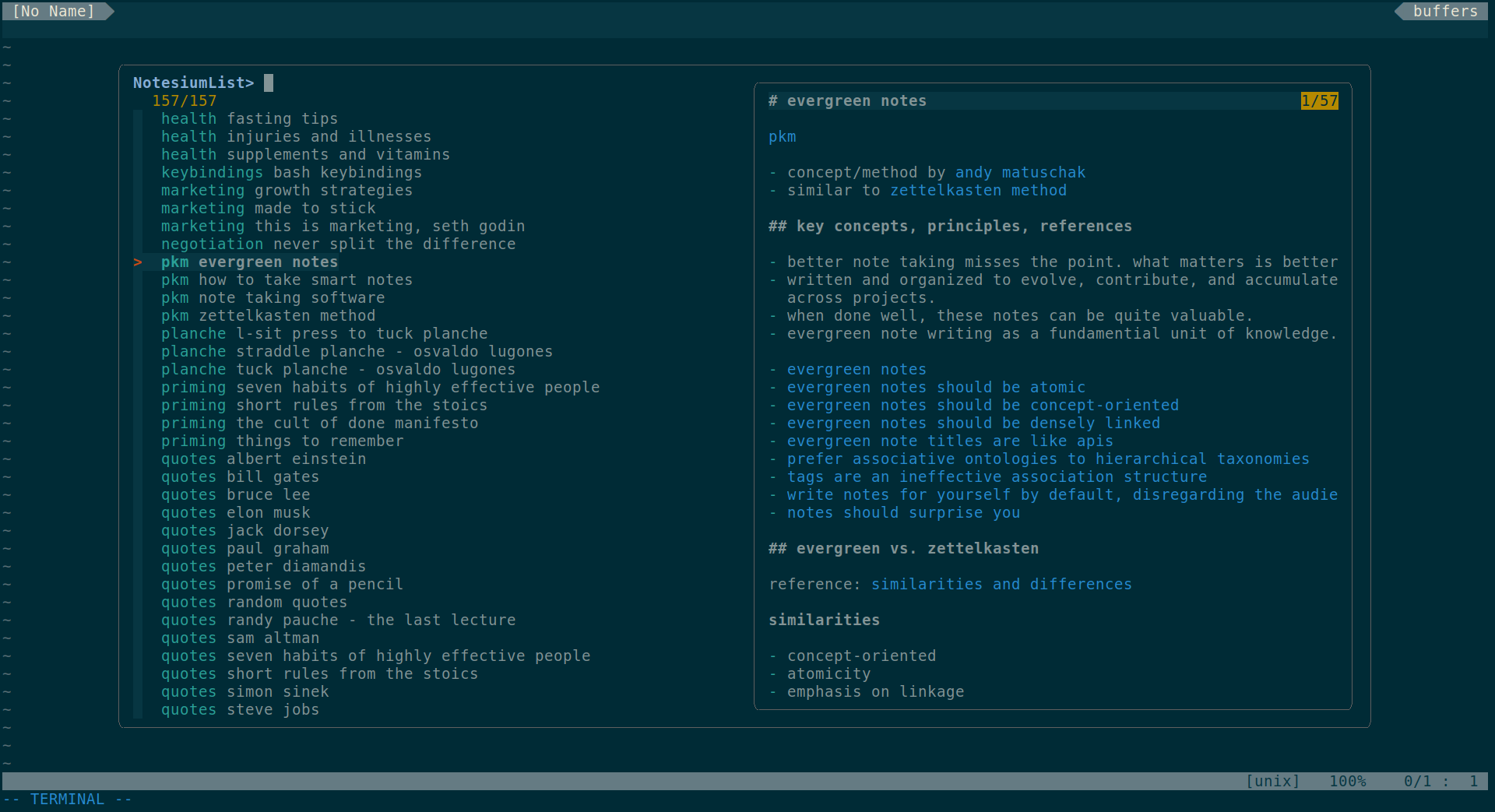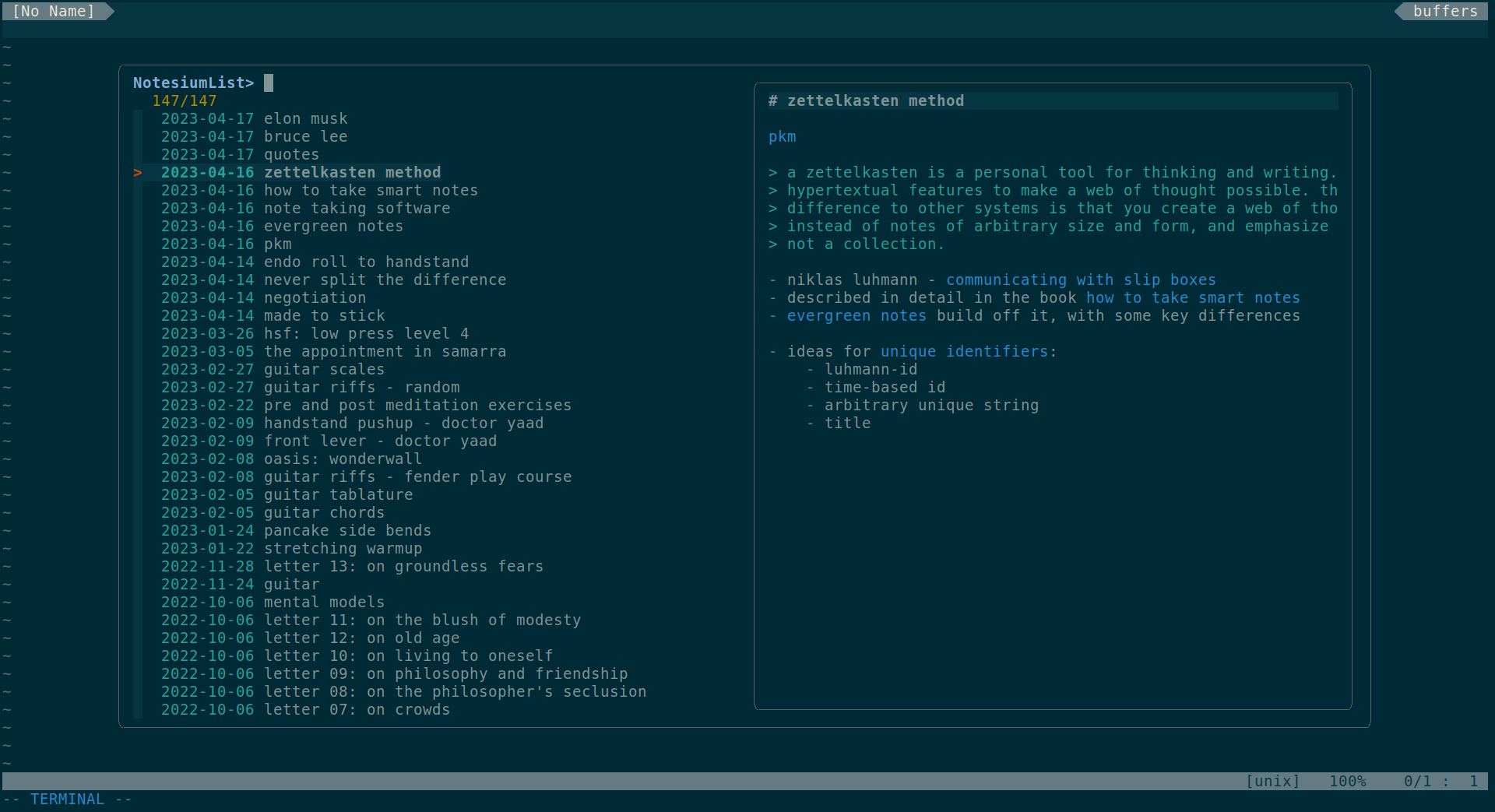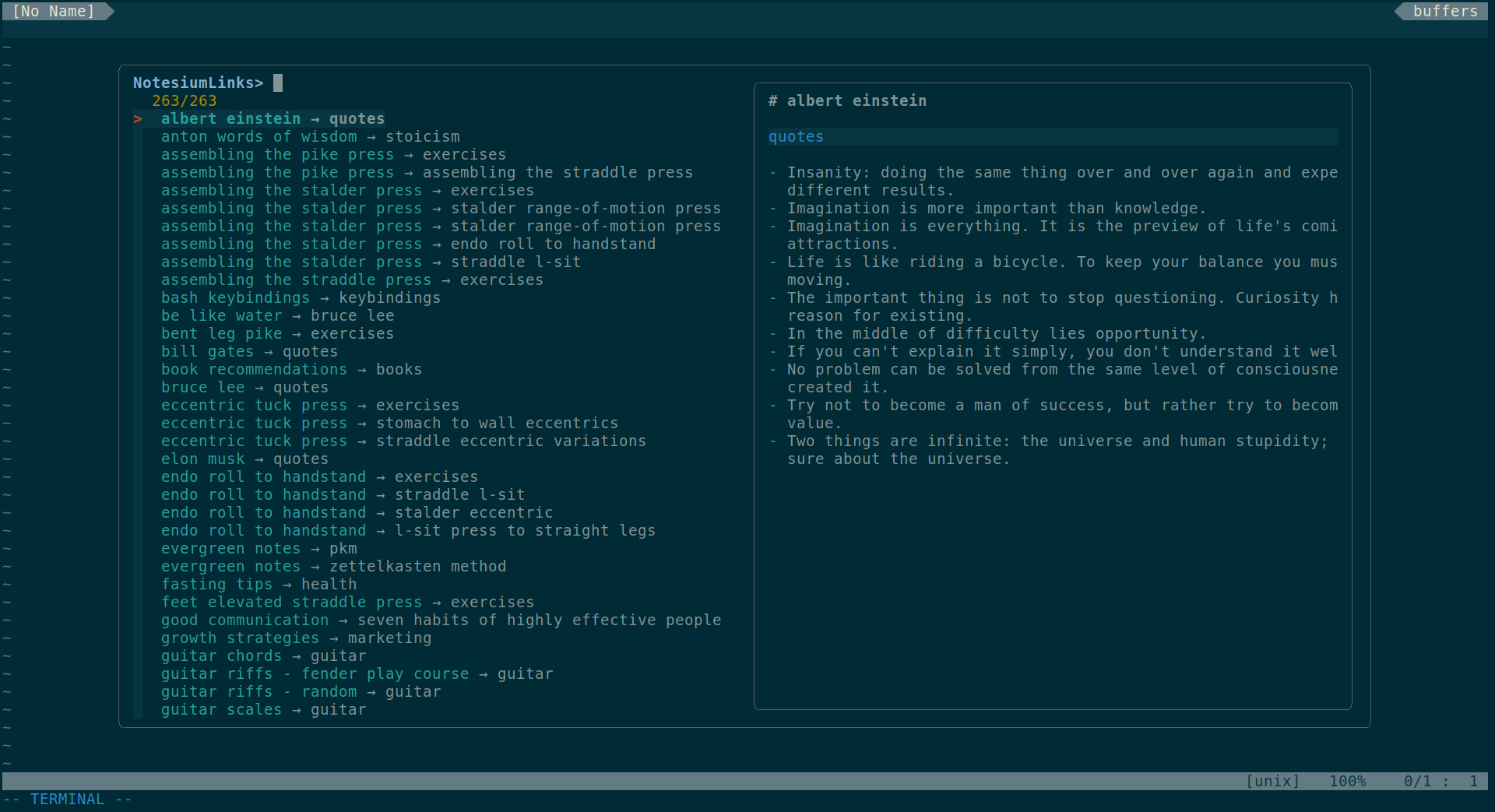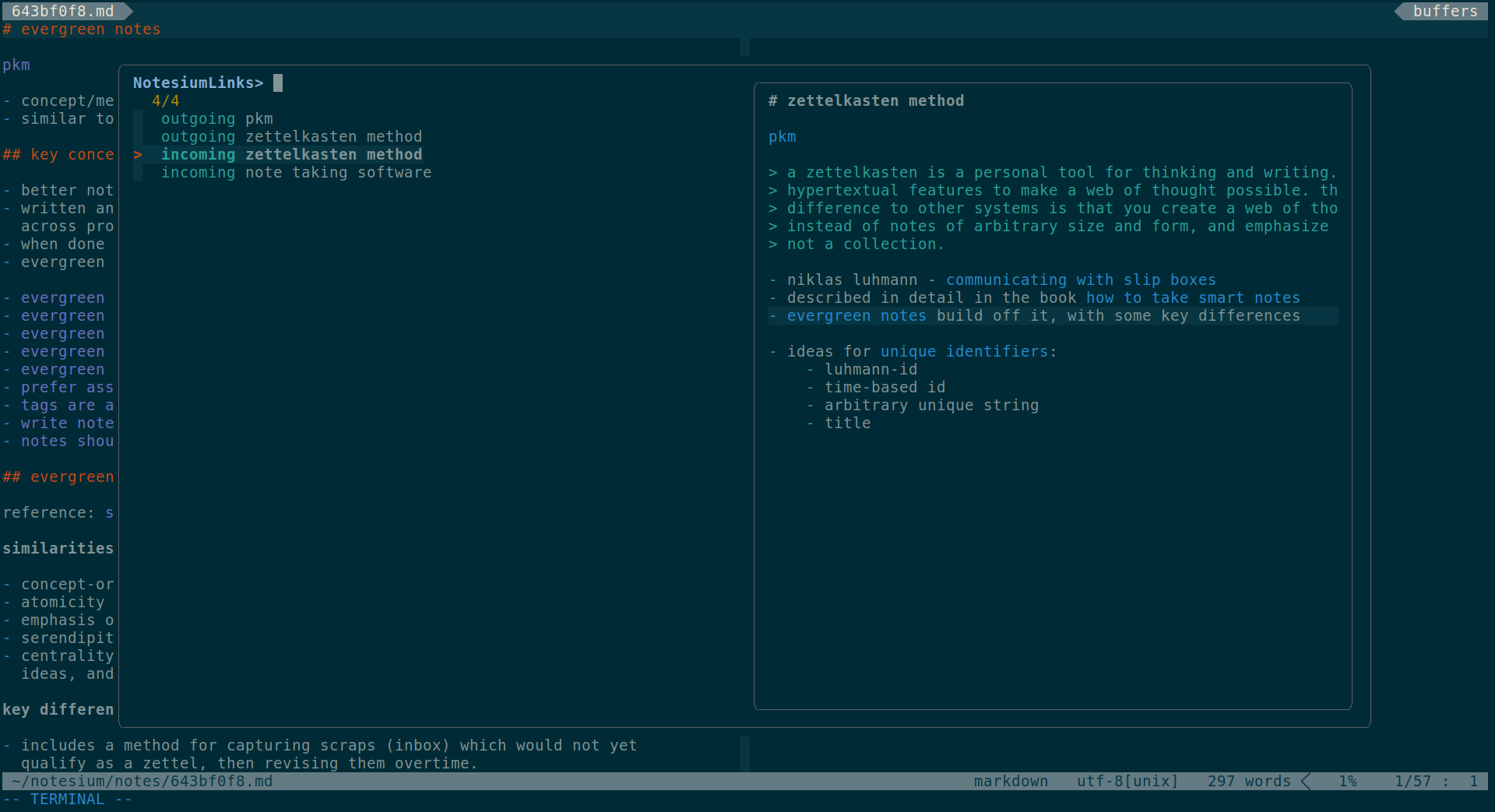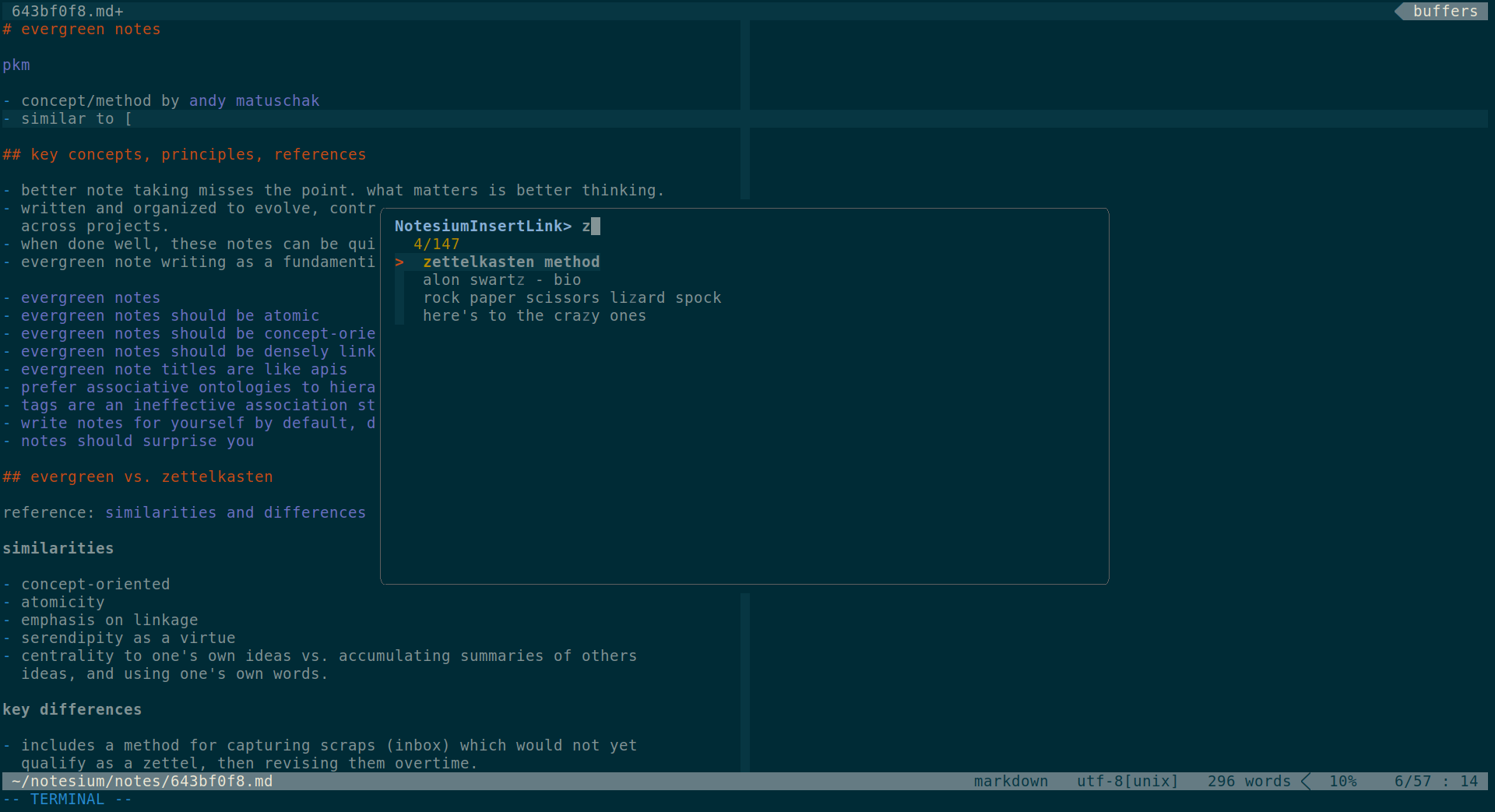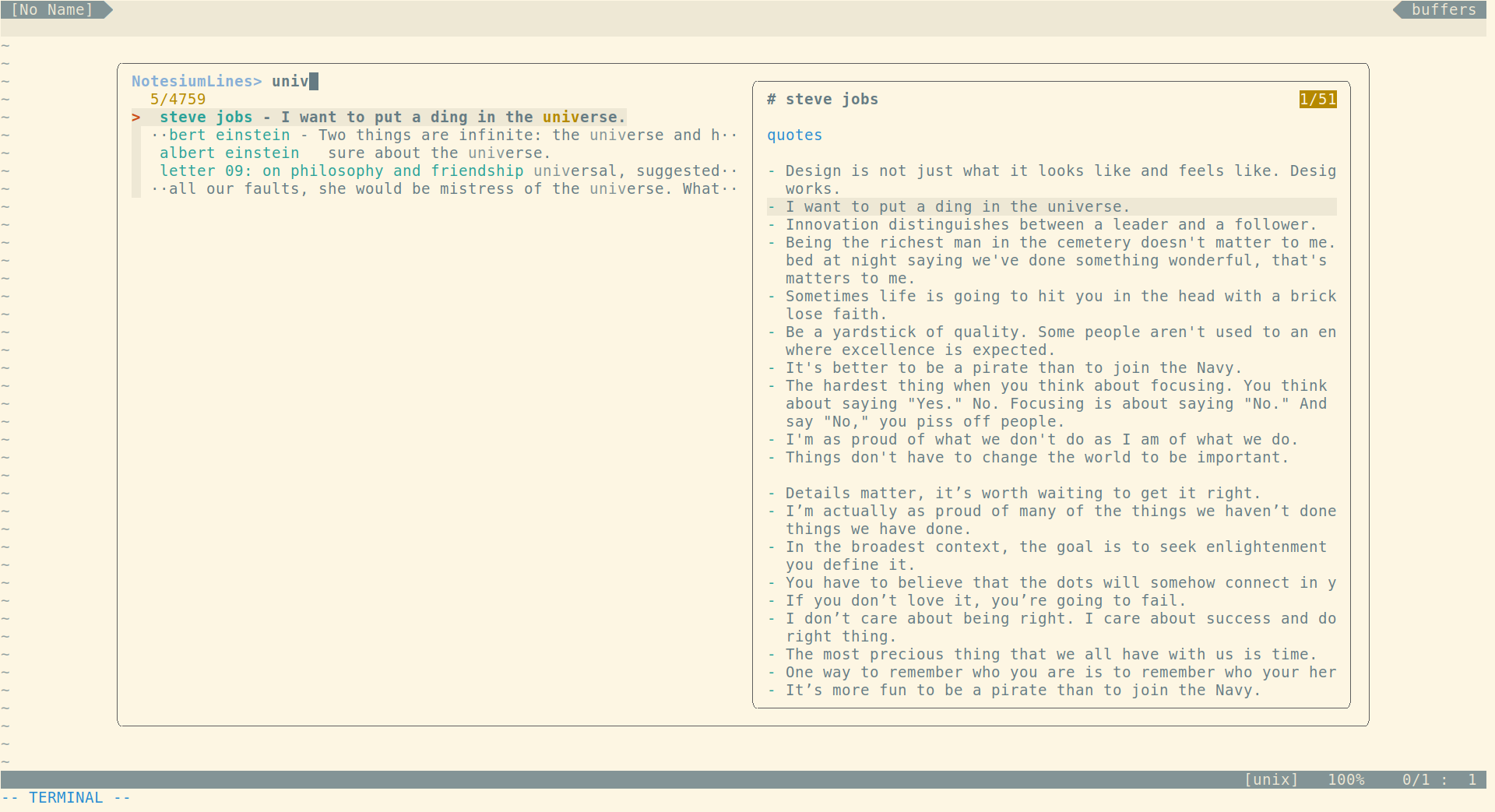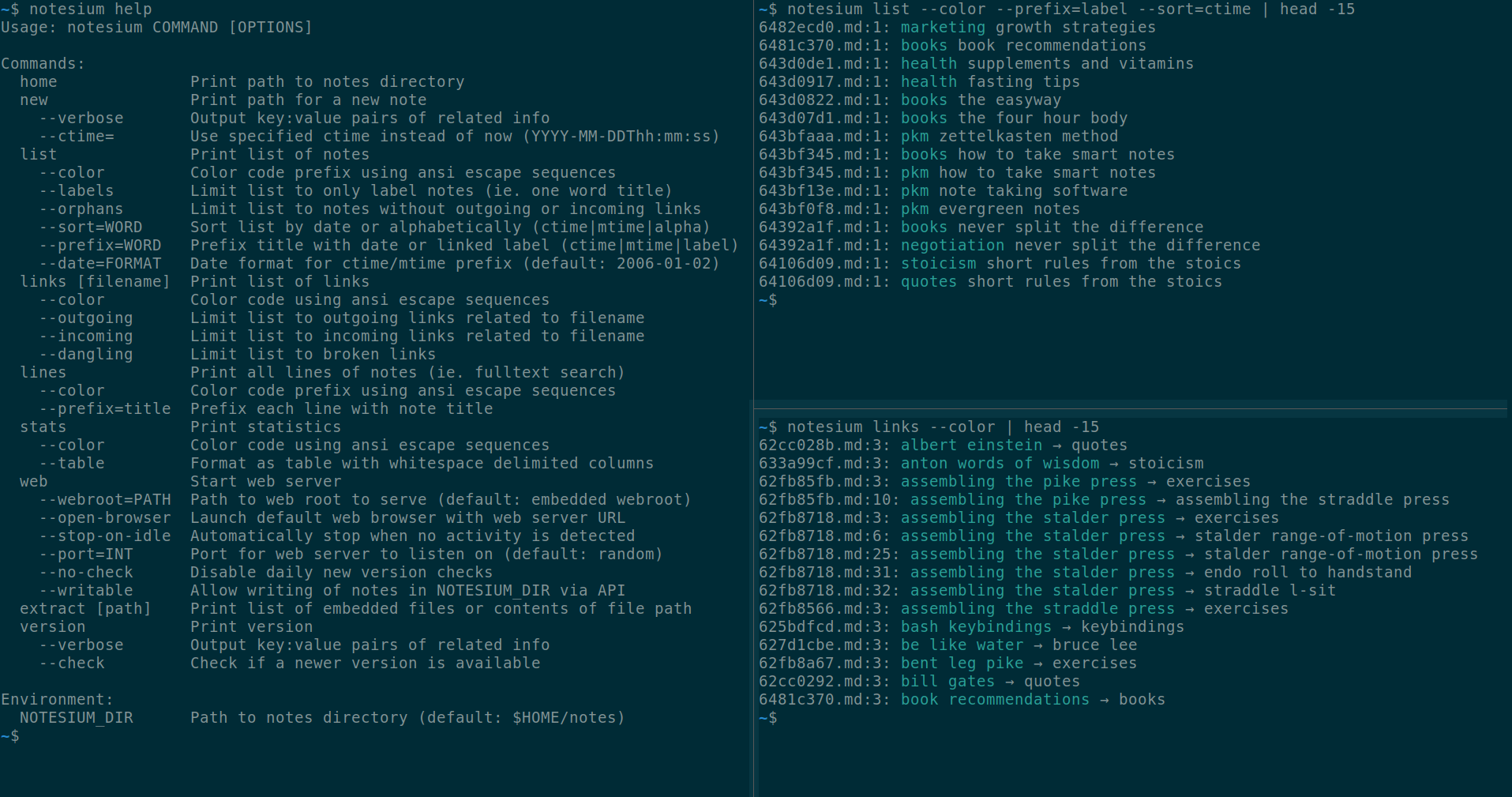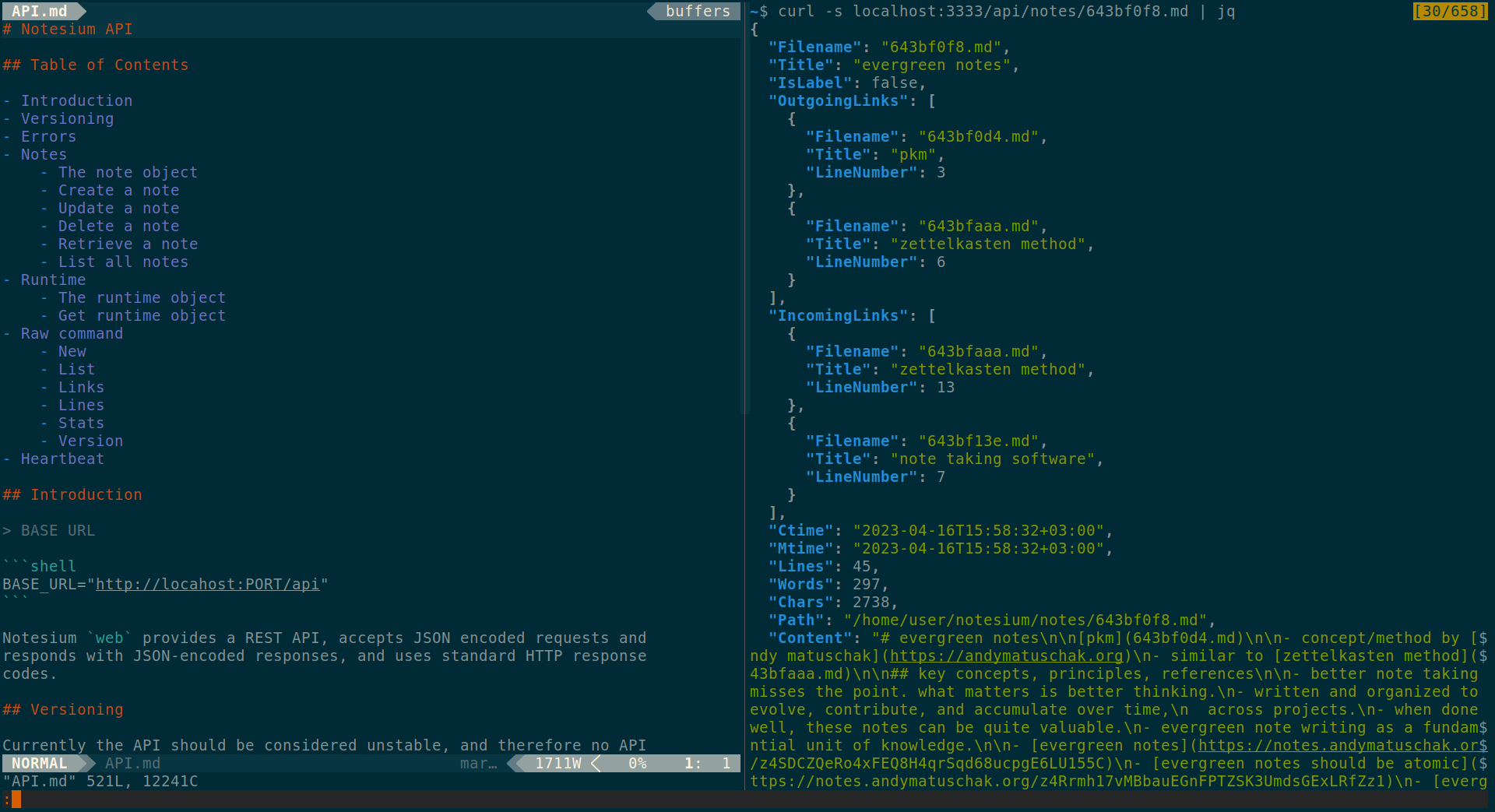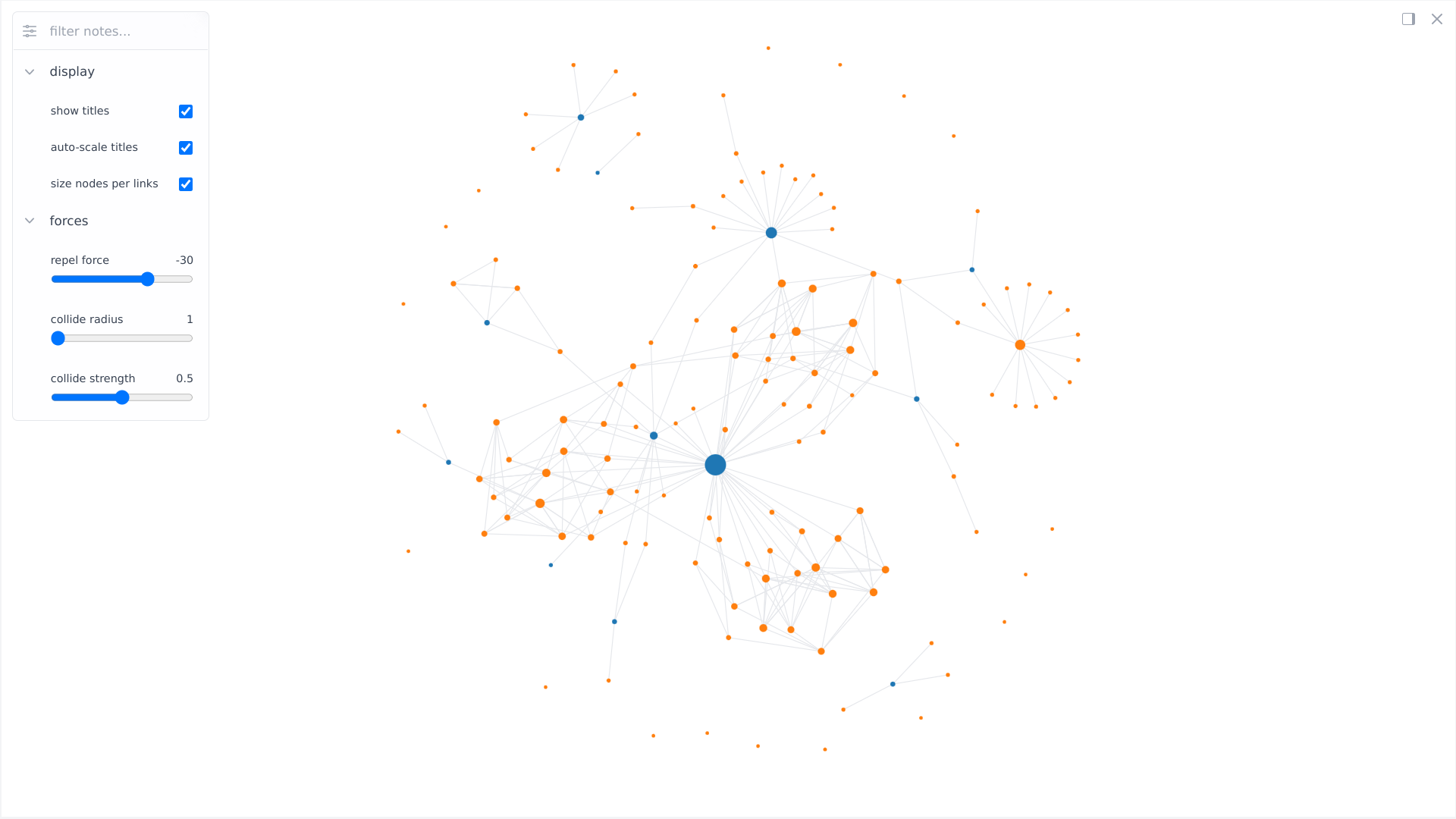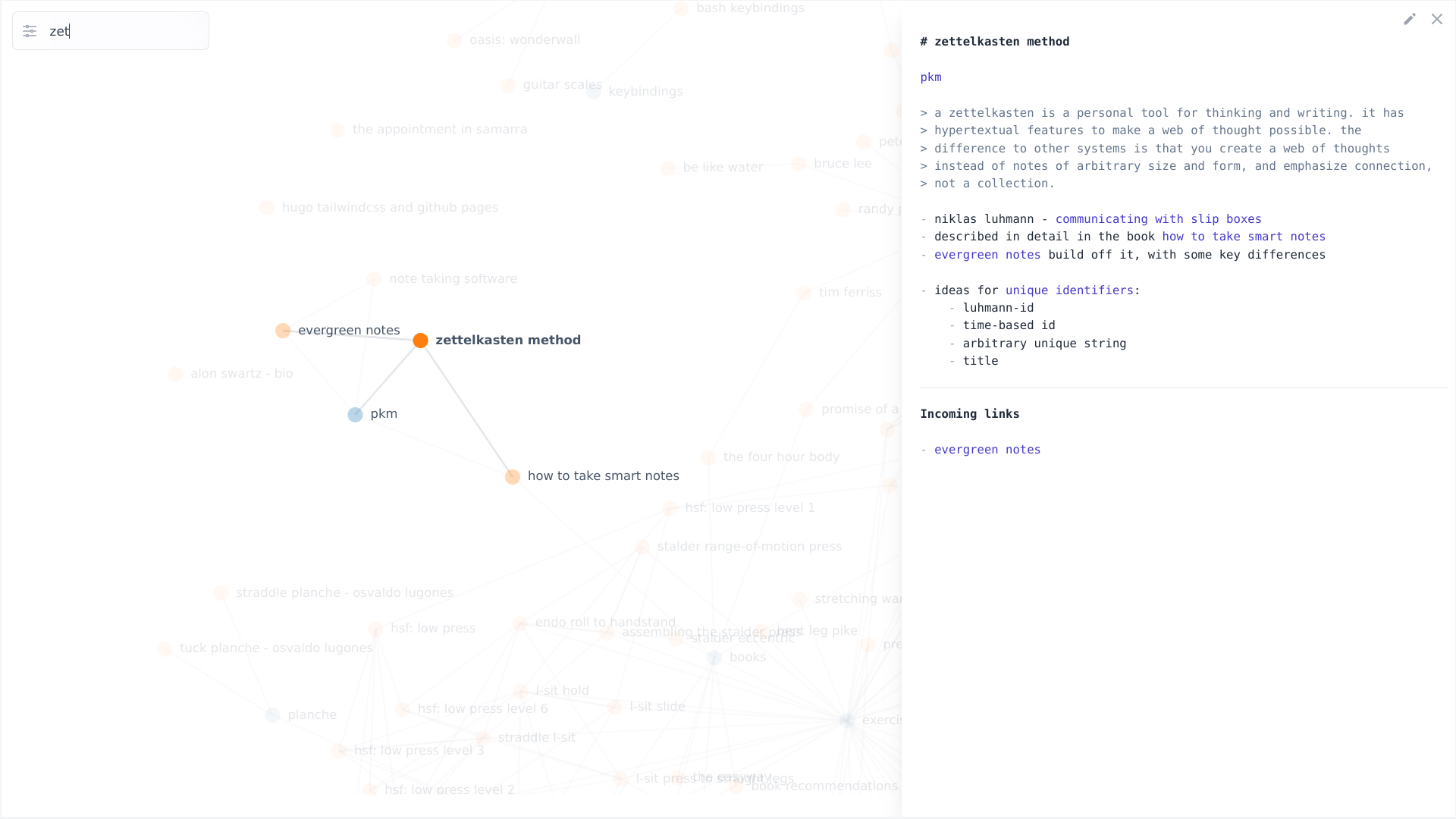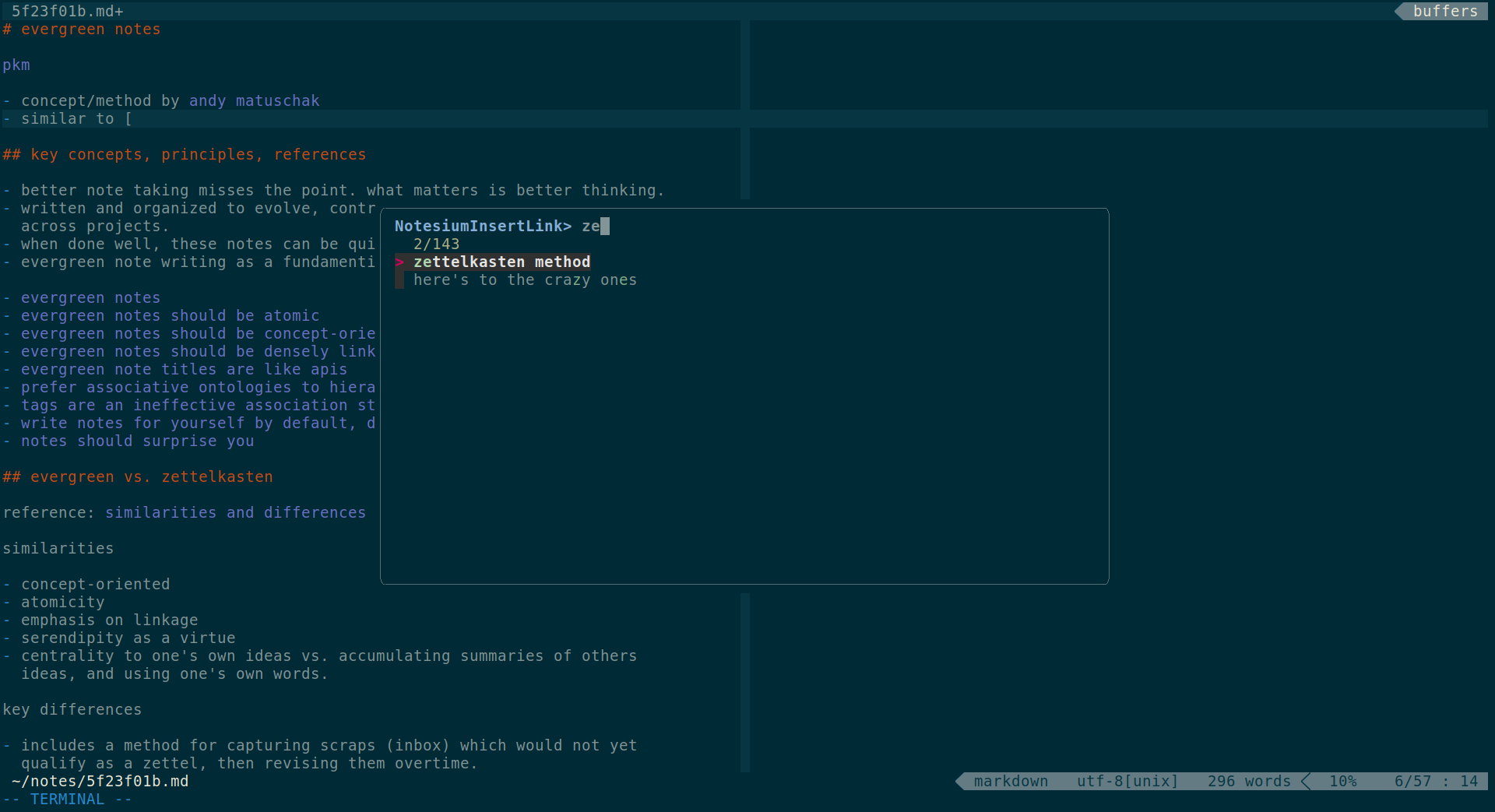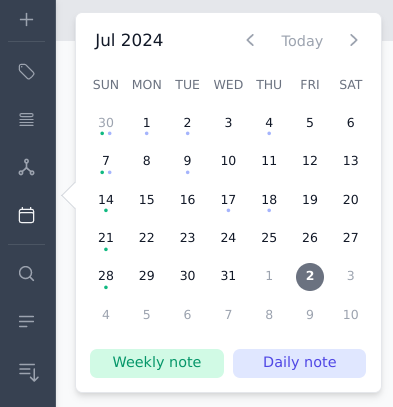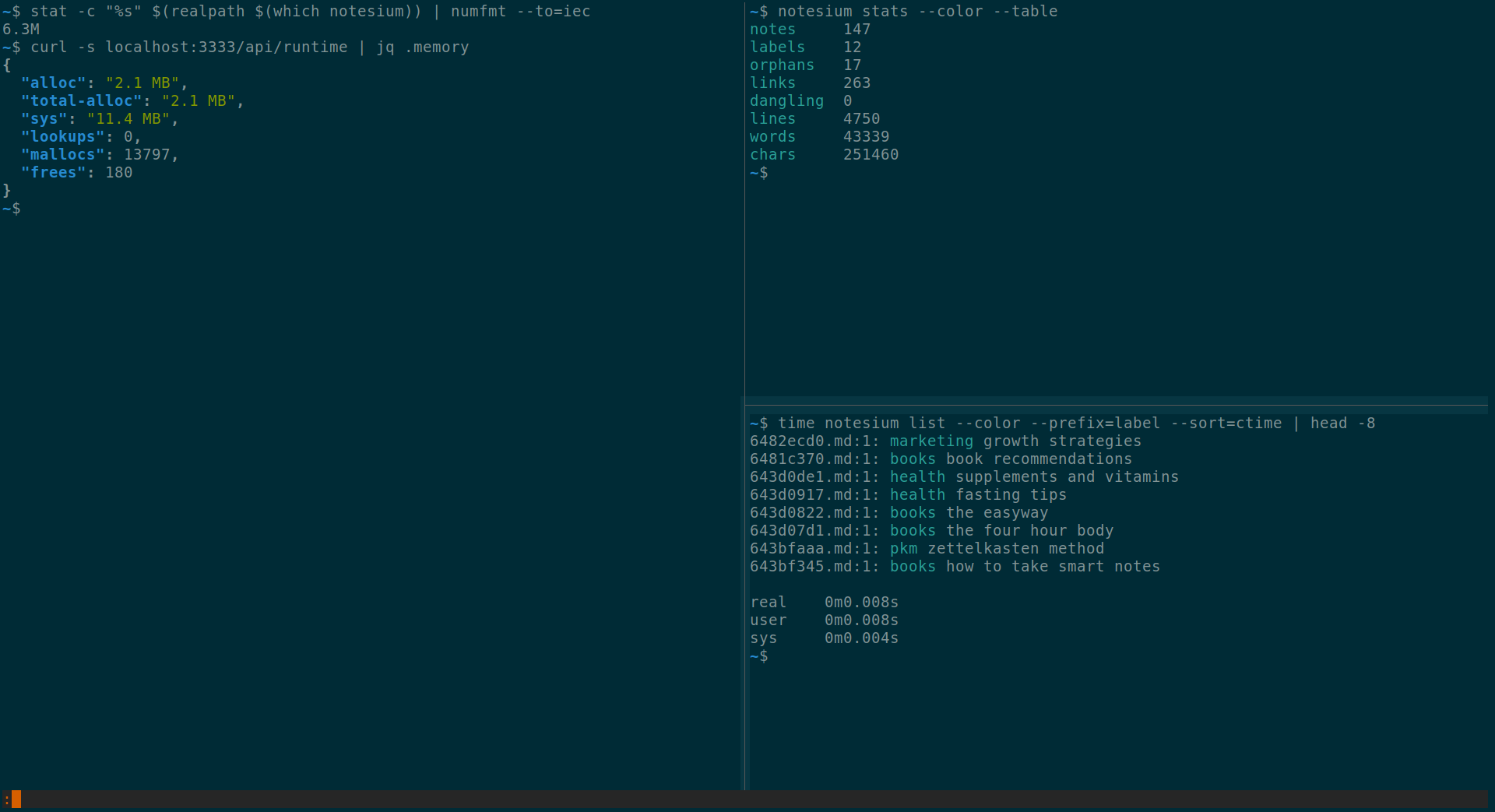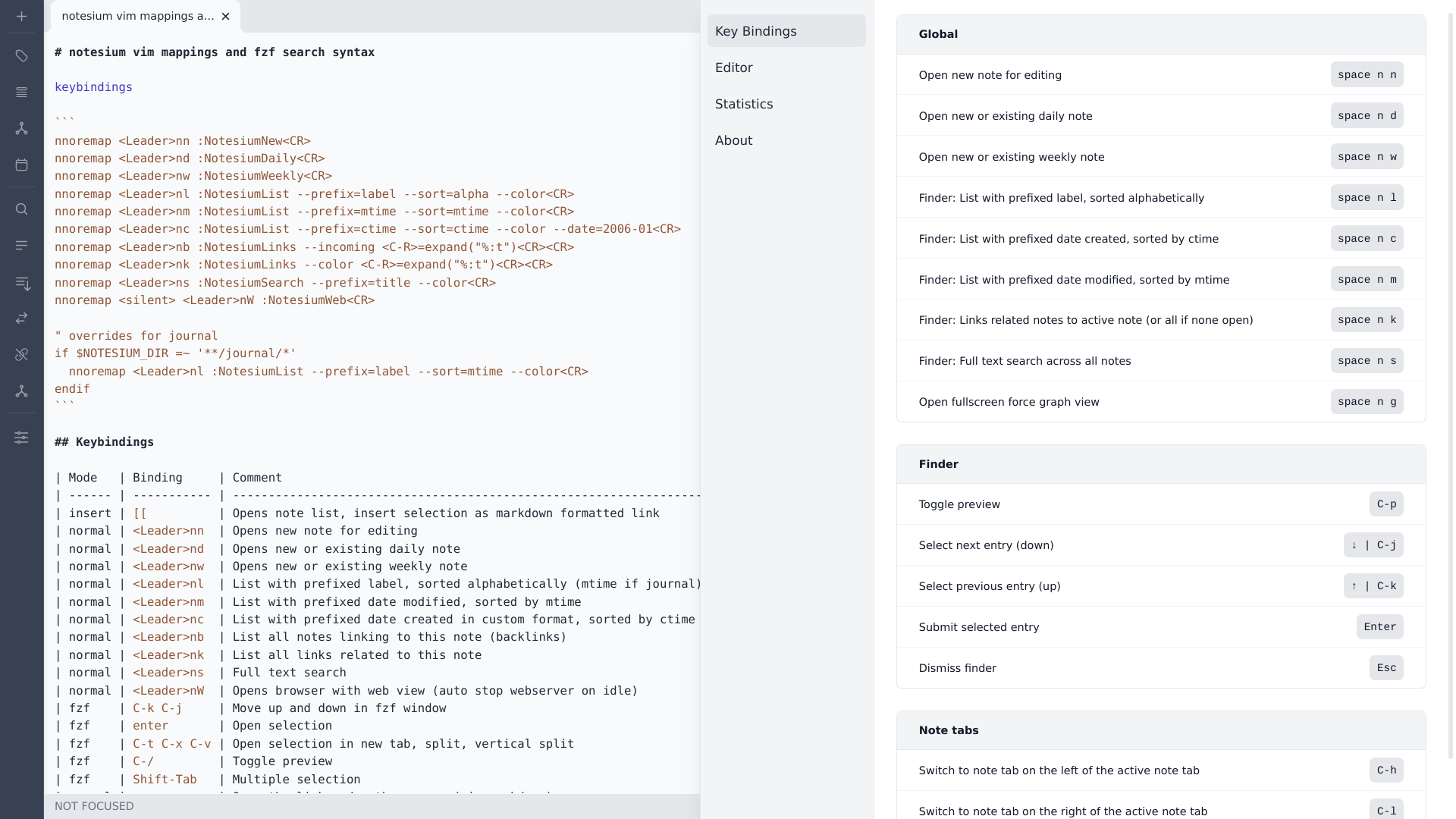Filenames are 8 hexidecimal digits, and deterministic
When storing notes as files, naming is challenging. Common conventions include using the note title, current timestamp, or both in concatenated form.
However, notes often evolve, making it hard to choose a good title upfront, which can lead to cognitive overload, as well as considerations for potential future collisions. If a better title is found or the note’s context changes later, renaming the file risks breaking existing links. Using timestamps might seem ideal, but depending on the format, it can result in long filenames and risk collisions due to timezones and daylight saving.
Notesium addresses this by using the UNIX epoch time, further encoding it in hexadecimal, resulting in 8 characters for the identifier and appending the .md suffix. The timestamp can easily be decoded and formatted, and the suffix ensures compatibility with other tools while limiting file processing.
There are only two hard things in Computer Science: cache invalidation and naming things. ~ Phil Karlton
